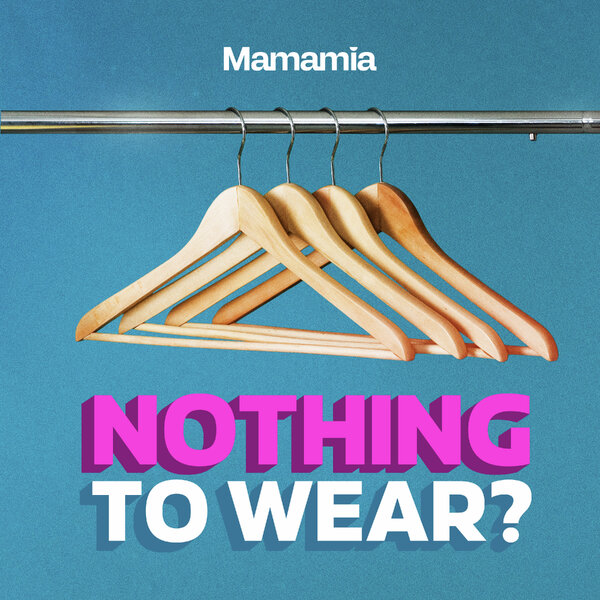Most of us would have a mate who have gone off to work in the mines.
It’s a fast way to get great money (like, really great money), and the challenging conditions are offset by large chunks of time off in between. But how many of these miners you know are female?
It’s these two factors – great pay, and even time roster – that is attracting an increasing number of Aussie women to the mining industry. Young singles, married couples, mothers with children: ladies from every walk of life are lining up to score a place in one of our country’s most lucrative industries.
But according to a recent study by the Australia-International Institute of Workplace Training, the conditions for females in the Aussie mines are far more difficult than they may have bargained for.
“Women have to work harder to be recognised, to gain promotions, as there were so few or none of them around. The application of the glass ceiling is still relevant to these women and there is a need to break through.”
Another article on the report noted that women who want to rise to the senior ranks in WA’s mining industry needed, “self-confidence, and should be prepared to fight “discrimination and hostility.”
Yikes. Pretty grim outlook.
But the bleak picture these comments made seem to be undermining (no pun intended) an industry that is making leaps and bounds in welcoming women into its workforce.
So I interviewed a 27 year old woman, Rachel*, who works in an open-cut coal mine.
For privacy reasons her location is concealed, but we can tell you that by all accounts, her life seems pretty darn normal. She lives a 2.5 hr drive from the mine with her partner (also a miner), and their baby girl. They met in a coal mine and lived a few doors up from each other in their donger (I’ll explain what that is in a minute), and he works whilst she’s on maternity leave.


Top Comments
It's a touch concerning that gaining respect in her workplace involved two actual assaults and blackmail to be honest...